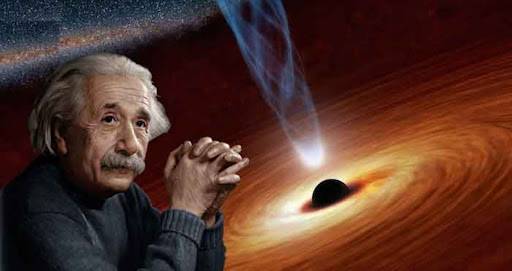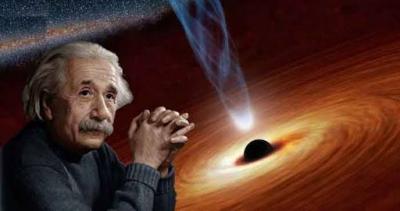A recent study has shown that the predictions of the general theory of relativity by renowned physicist Albert Einstein, published in 1915, were correct regarding the existence of a region at the edge of black holes where matter can no longer maintain its orbit and instead falls in. For the first time, a team of astronomers noticed this region, called the "drainage area," in a black hole located approximately 10,000 light-years from Earth, using telescopes capable of detecting X-rays.
Research scientist Andrew Momery, the lead author of the study published in the Monthly Notices of the Royal Astronomical Society, stated: "We overlooked this area because we did not have the data. Now that we have it, we cannot explain it any other way," according to CNN.
The observed black hole is in the MAXI J1820 + 070 system, which consists of a star smaller than the Sun and the black hole itself, estimated to have a mass of 7 to 8 solar masses. Astronomers used NASA's NuSTAR and NICER space telescopes to collect data and understand how hot gas, called plasma, is absorbed from the star into the black hole.
Momery mentioned: "Around these black holes, there are large discs of material orbiting nearby stars. Most of it is stable, meaning it can flow easily." Unlike the event horizon closest to the center of the black hole, which does not allow anything, including light and radiation, to escape, in the "drainage area," light can still escape, but matter fails to do so due to the strong gravitational pull.
The results of the study could help astronomers better understand the formation and evolution of black holes. It is worth noting that this is not the first time black holes have helped confirm Einstein's major theory, also known as general relativity. The first image of a black hole, captured in 2019, previously reinforced the basic premise of the revolutionary physicist that gravity is merely a matter that bends the fabric of what is known as spacetime. Over the years, it has been shown that many of Einstein's other predictions have been correct, including gravitational waves and the ultimate speed limit of the universe.




